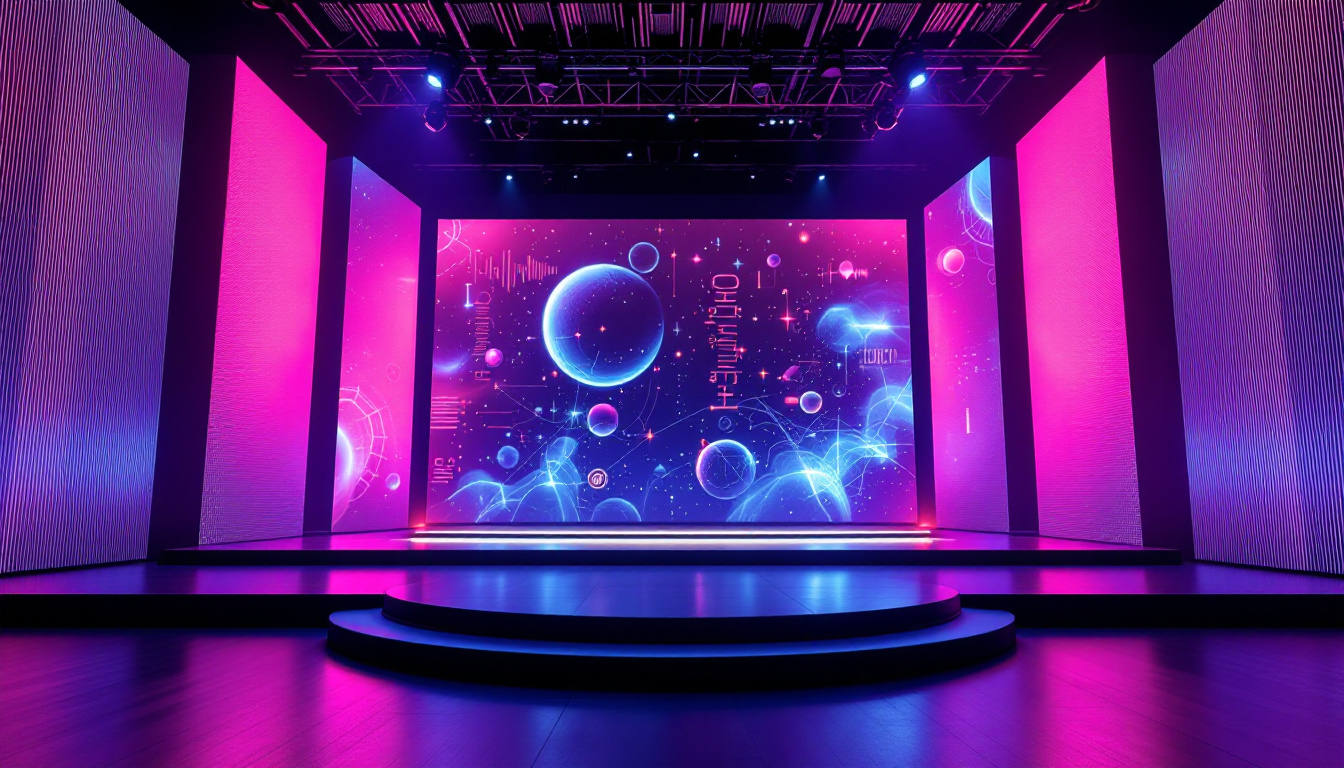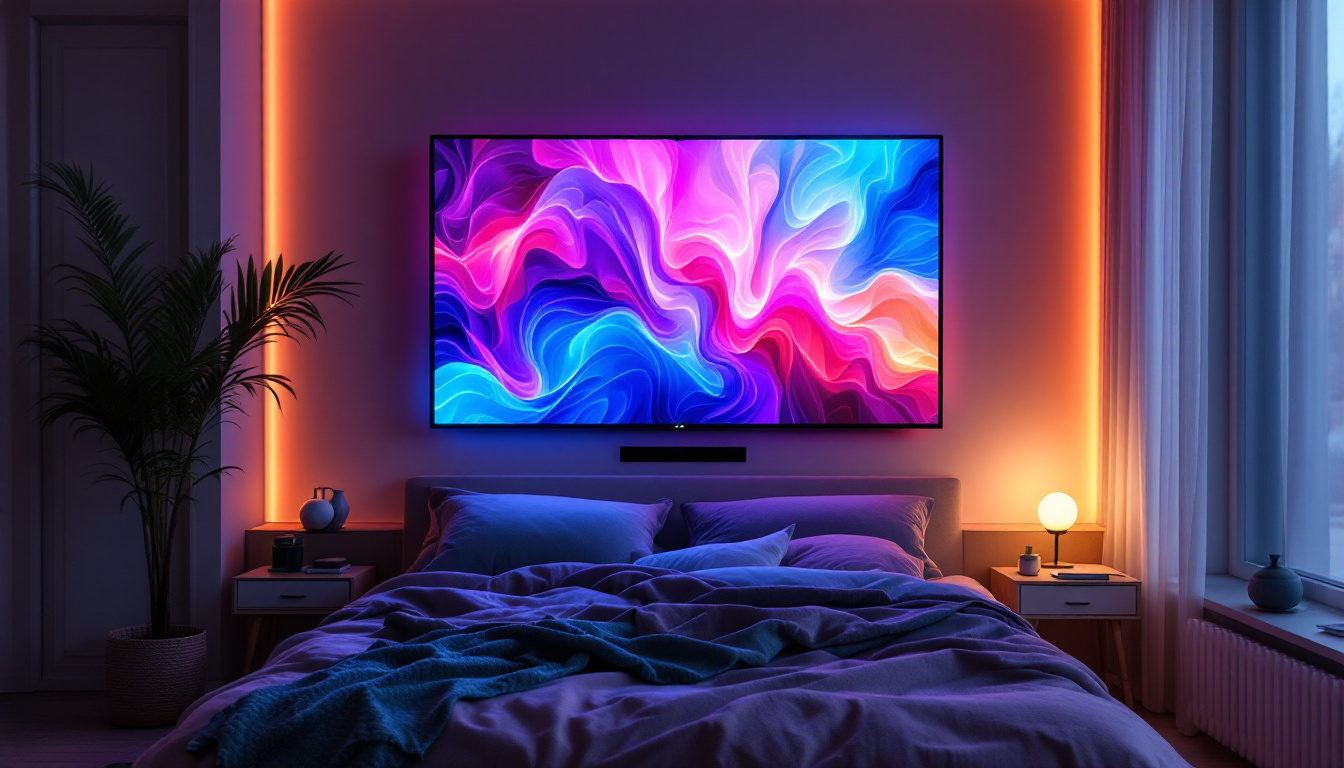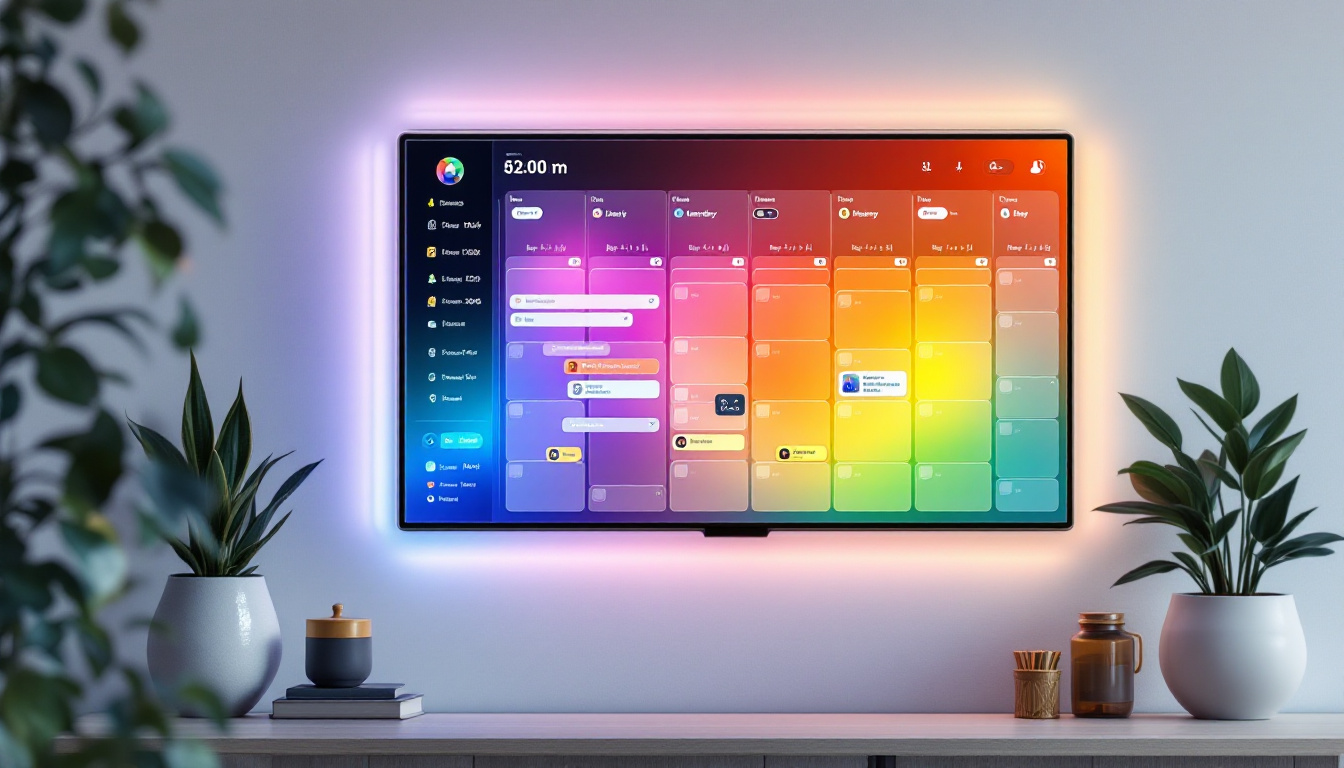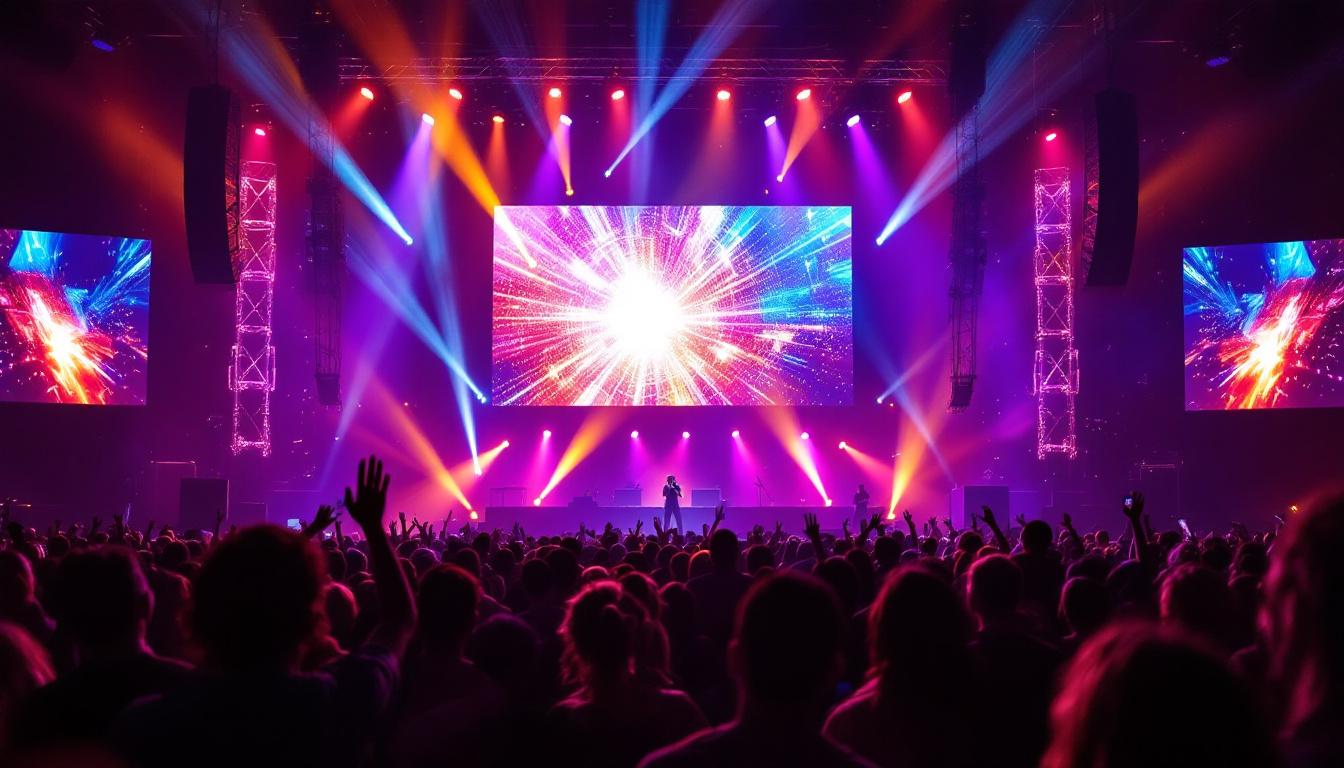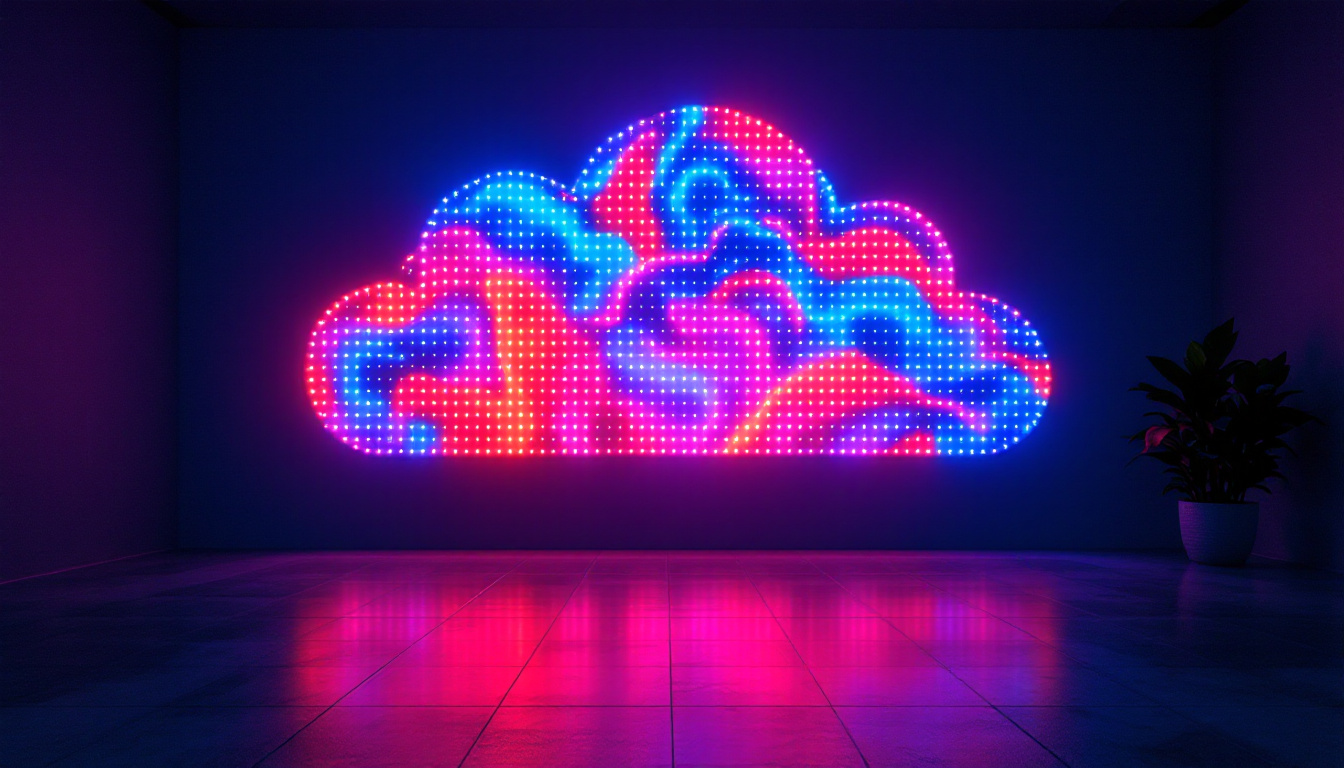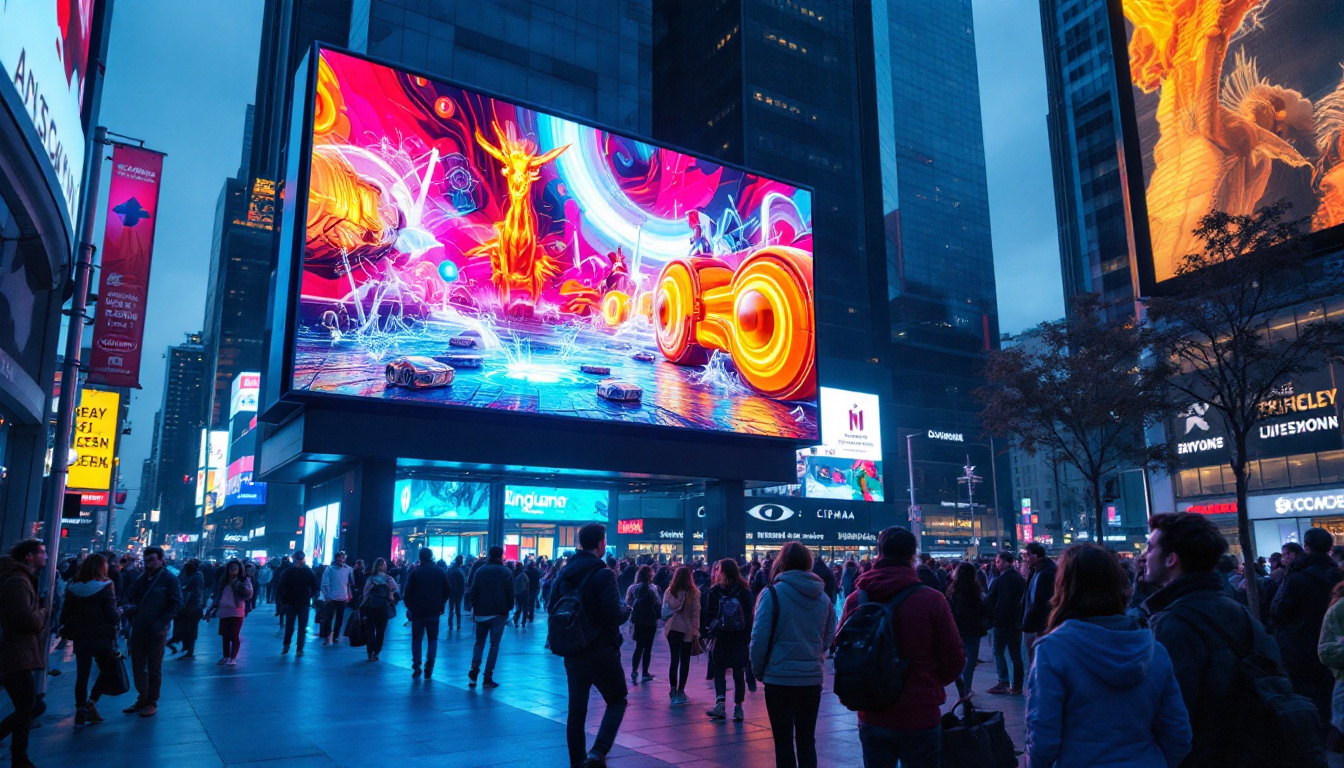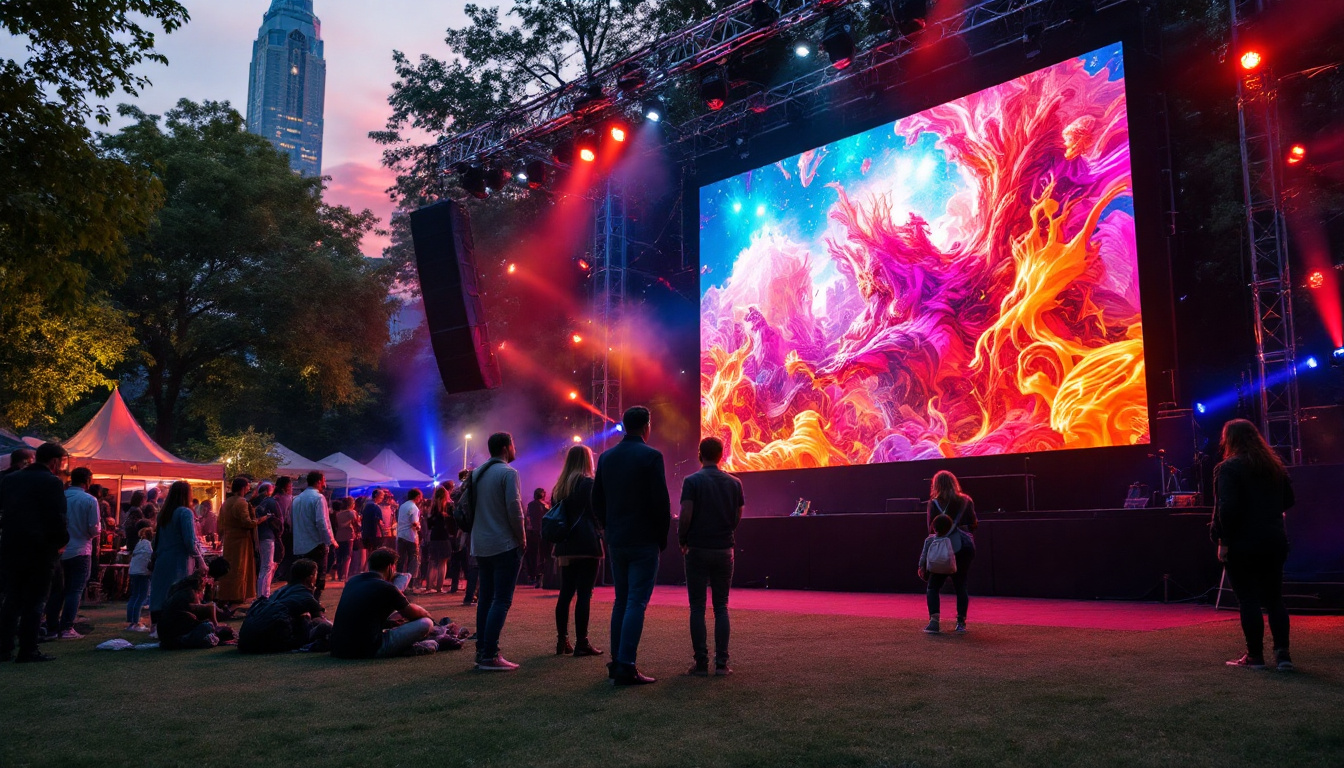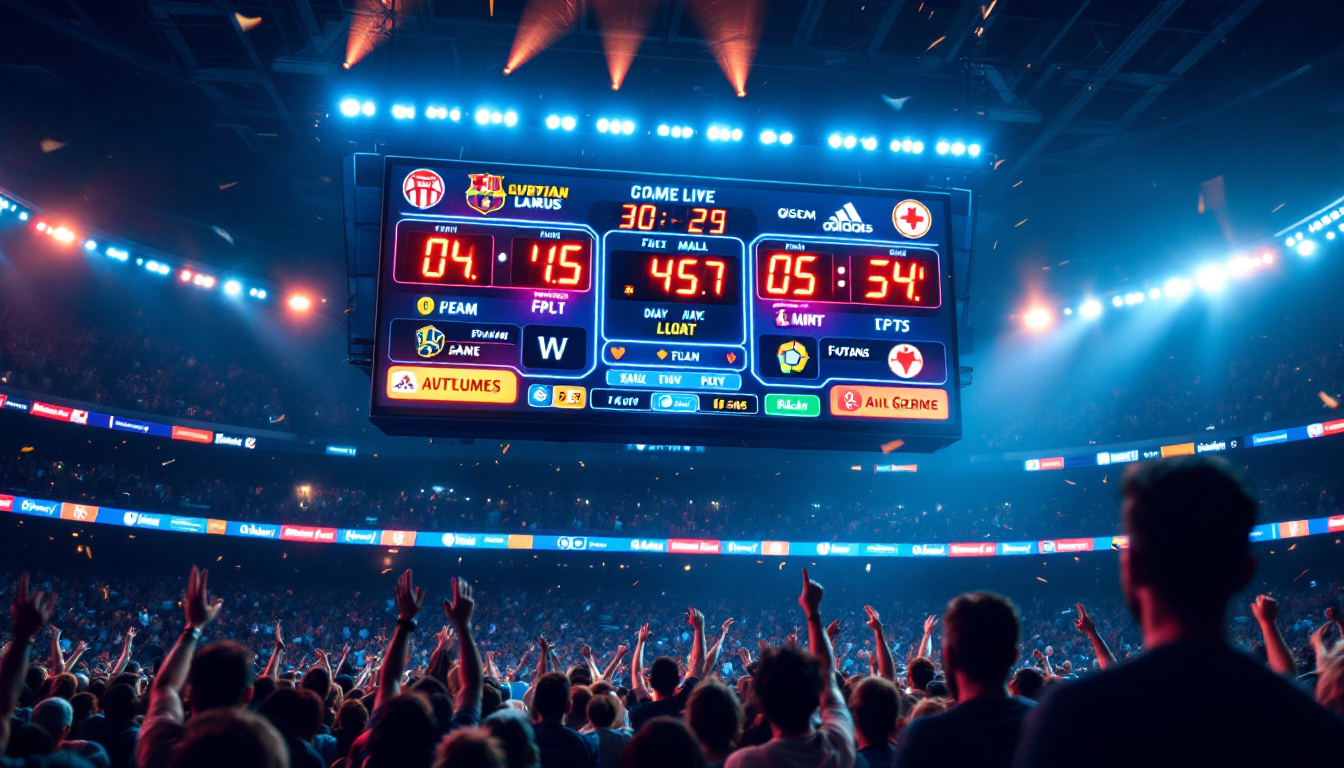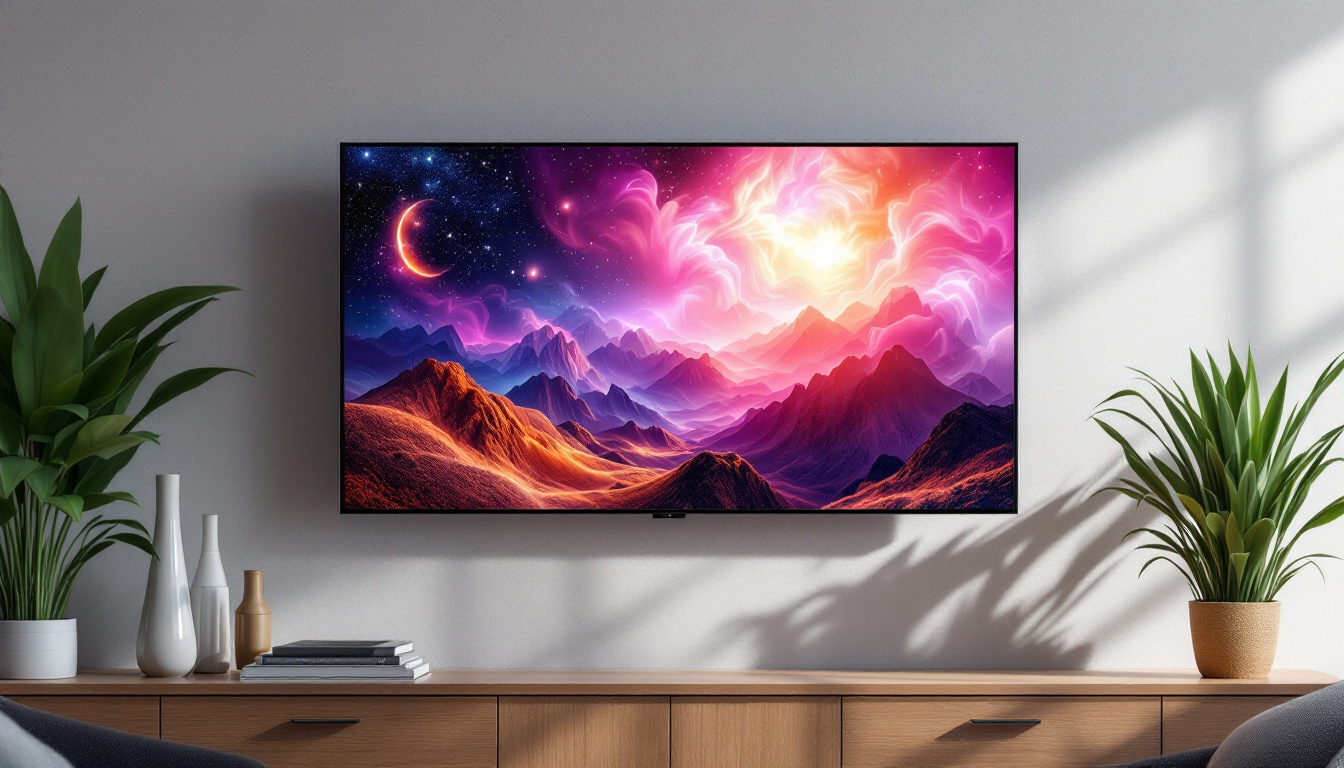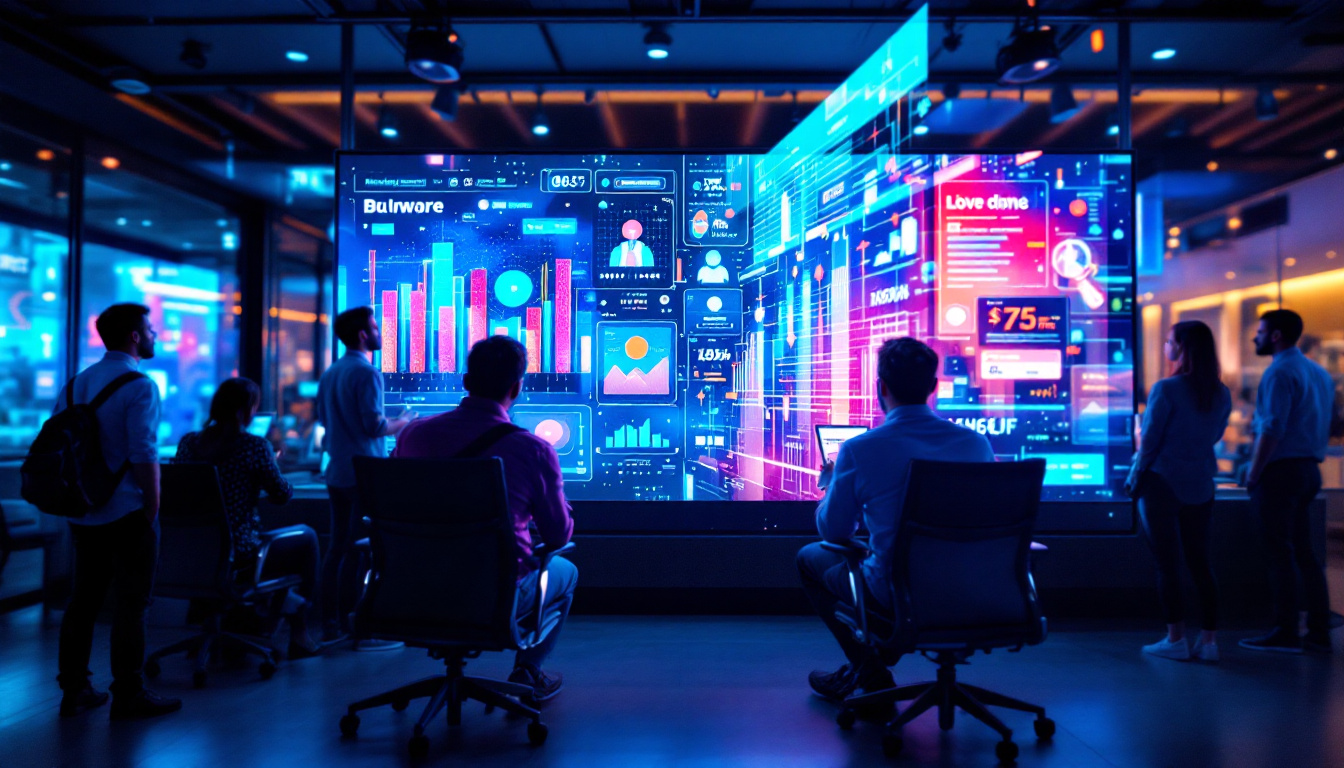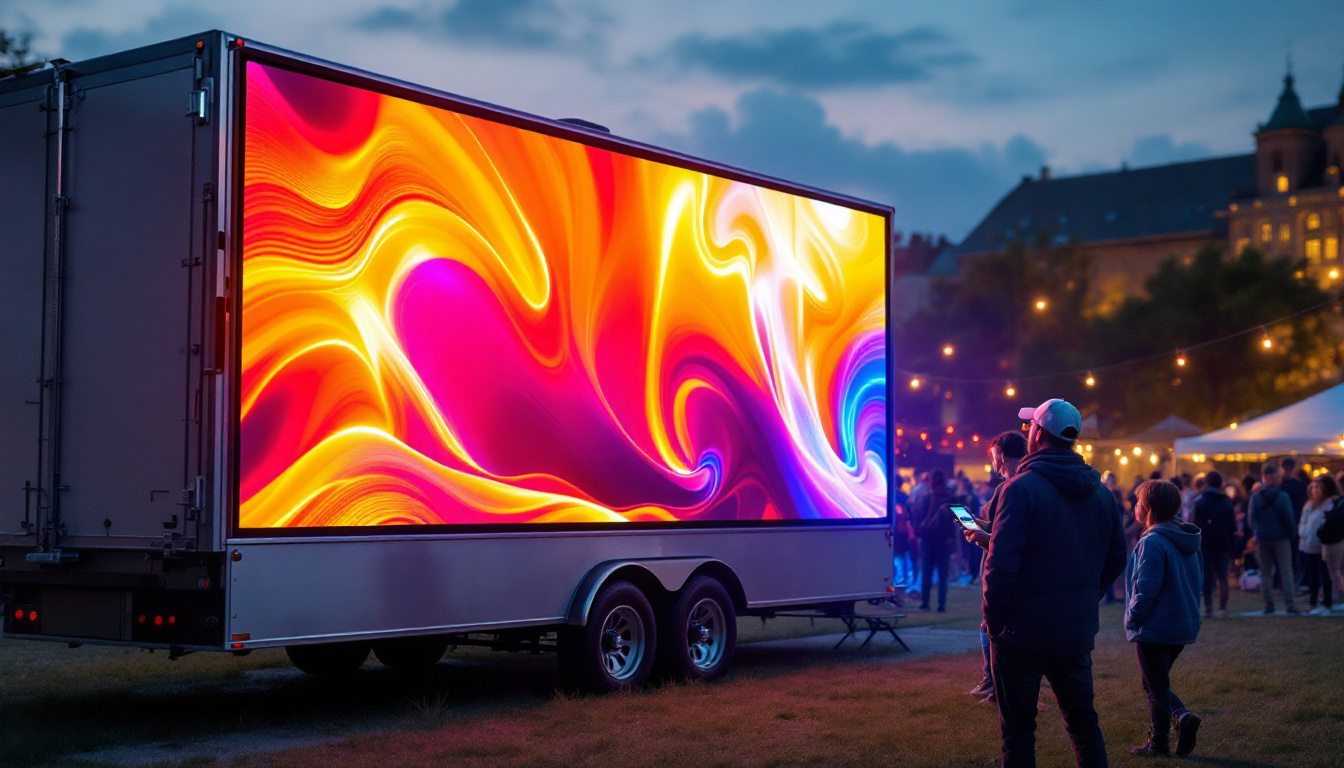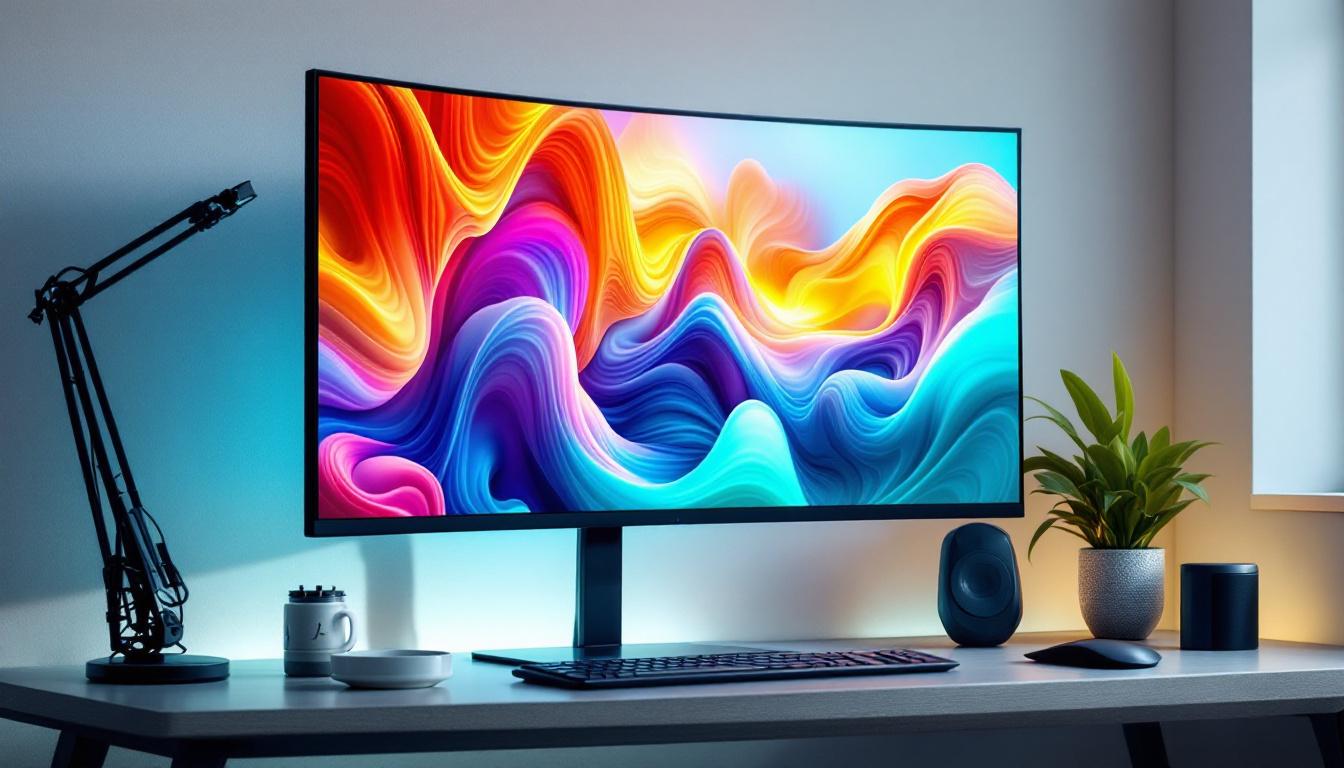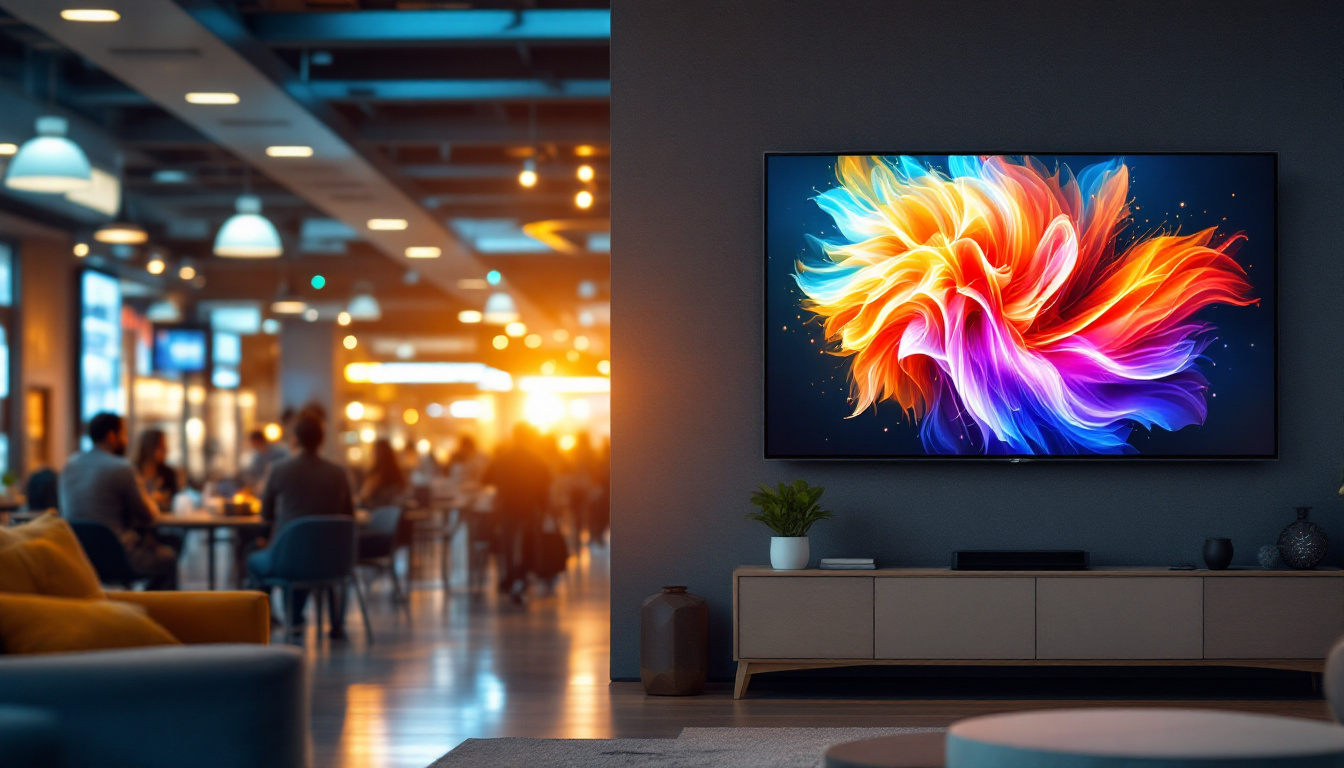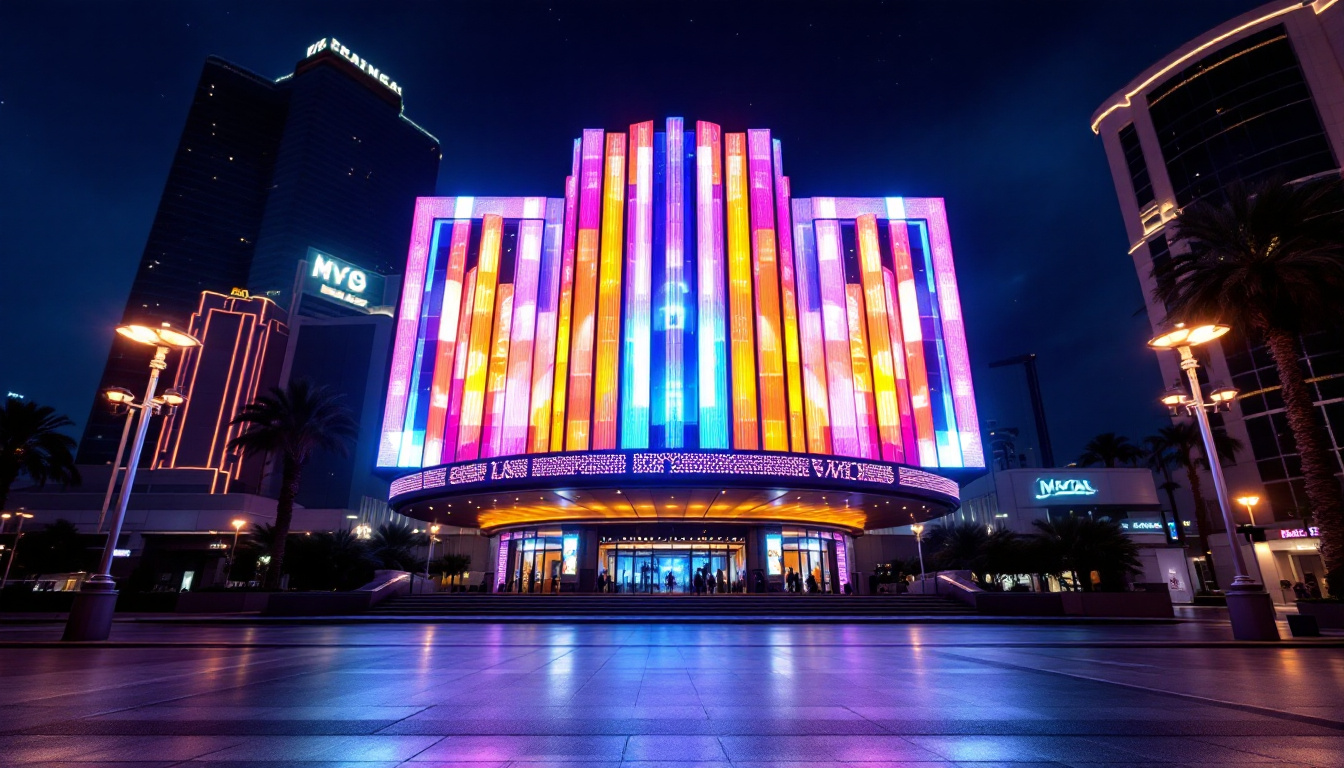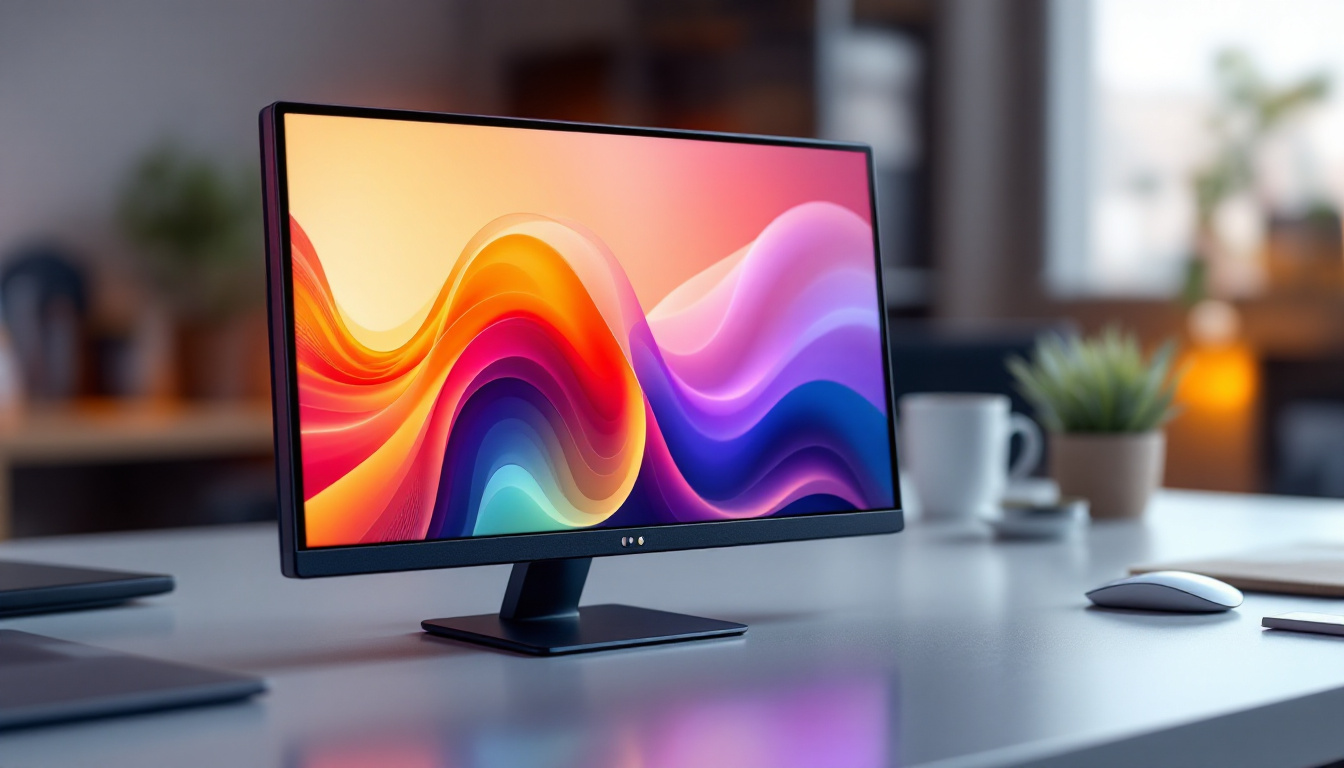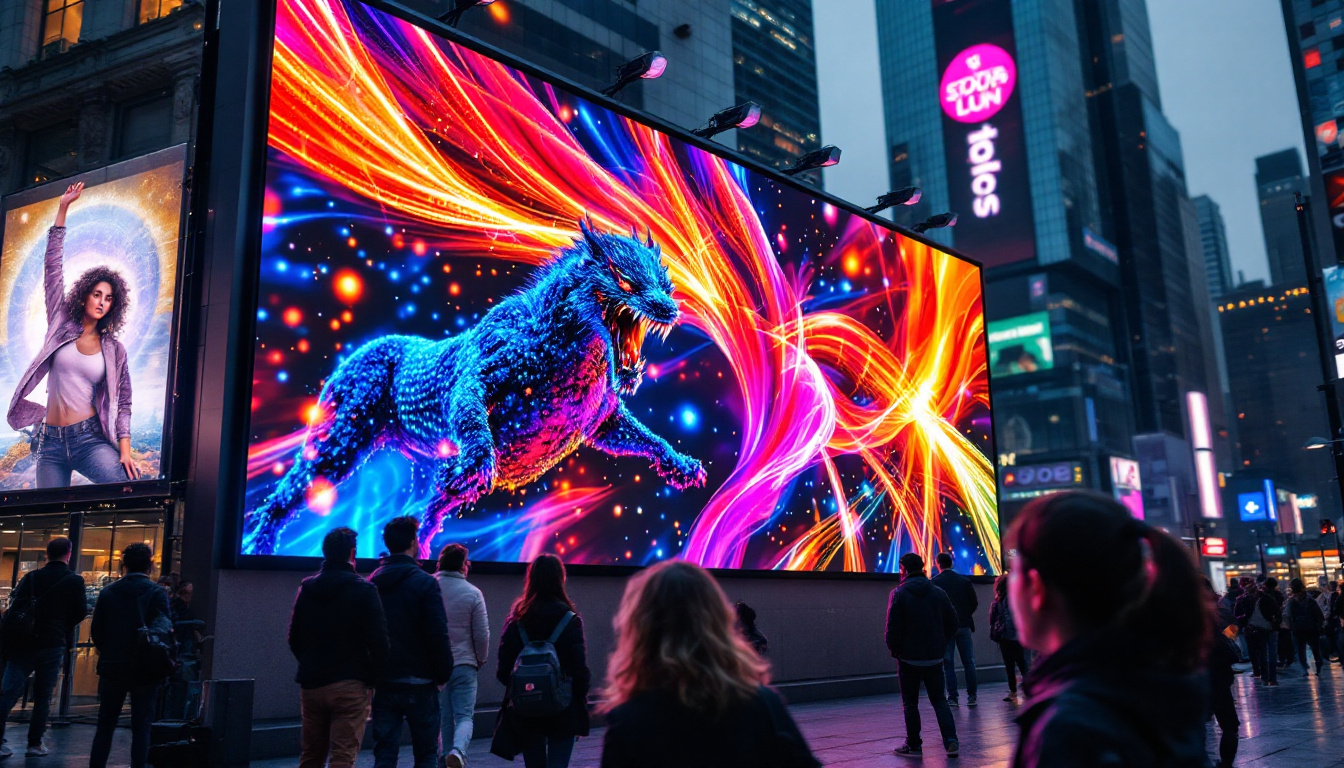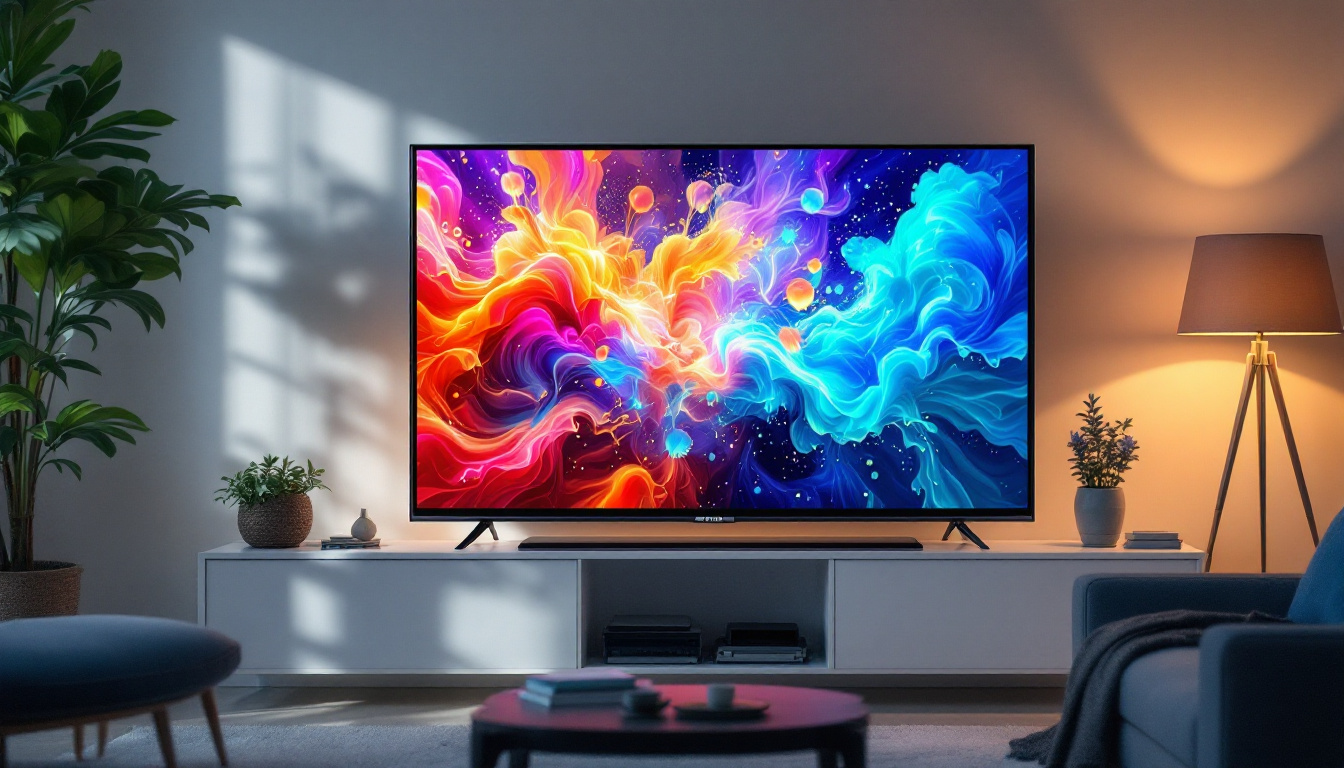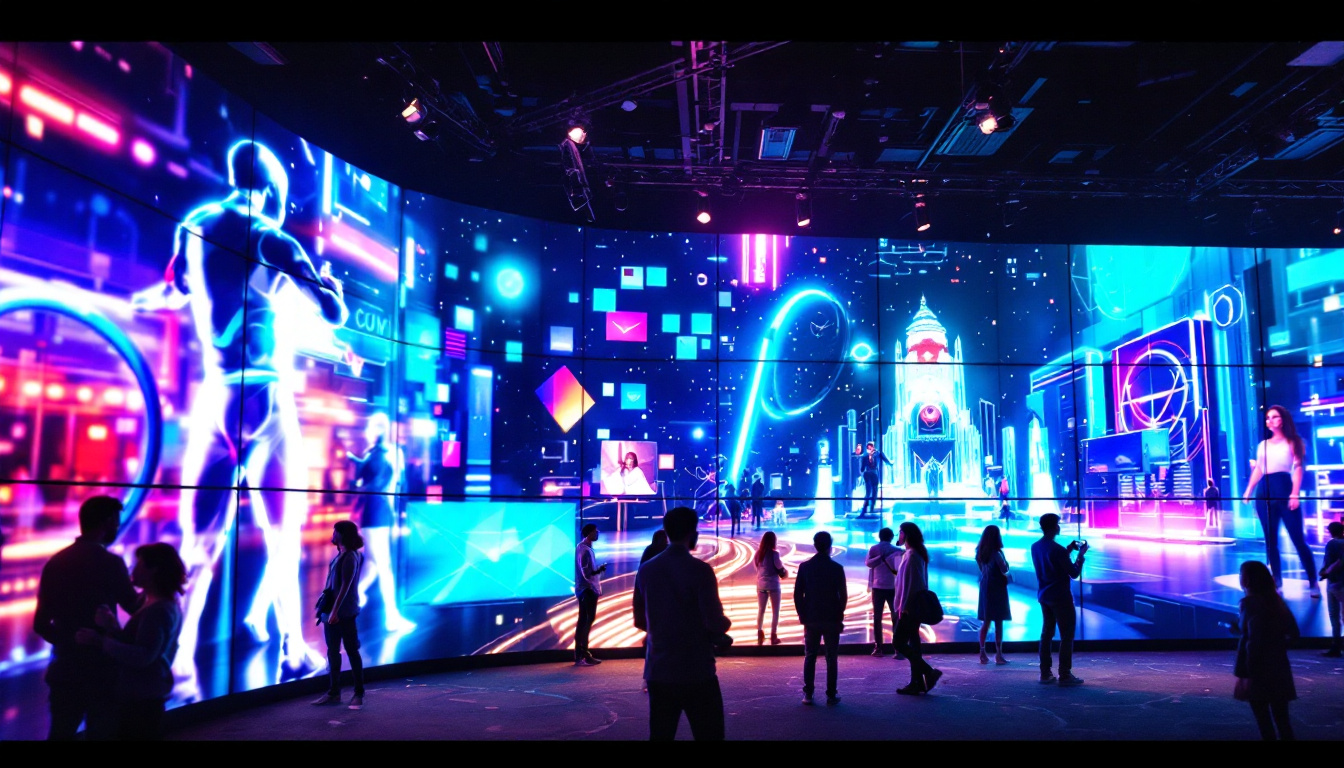In the world of stage design, the trend towards minimalism has gained significant traction. This approach emphasizes simplicity, clean lines, and the effective use of space, allowing the performance to take center stage. One of the key elements driving this minimalist aesthetic is the use of LED displays. This article explores how LED technology has transformed stage design, enhancing visual storytelling while maintaining a sleek and uncluttered appearance.
The Rise of Minimalism in Stage Design
Minimalism in stage design is not just a passing trend; it reflects a broader cultural shift towards simplicity and efficiency. As audiences become more discerning, the need for innovative design solutions that resonate emotionally has never been more crucial. Minimalist design strips away unnecessary elements, allowing the core message of a performance to shine through.
By focusing on essential components, designers can create immersive environments that enhance the audience’s experience. This approach often involves the clever use of technology, particularly LED displays, which serve as versatile backdrops that can adapt to various themes and moods.
Understanding Minimalism
At its core, minimalism is about reducing the clutter. In stage design, this means using fewer props, simpler color palettes, and streamlined forms. The goal is to create a space that feels open and inviting, allowing performers and audiences to engage more deeply with the narrative.
Minimalism also encourages creativity. With fewer elements to work with, designers must think critically about how to convey emotions and themes through lighting, sound, and movement. This challenge often leads to innovative solutions that can enhance the overall impact of a production. For instance, the strategic use of shadows and light can evoke a range of emotions, transforming a bare stage into a dynamic storytelling canvas. The interplay of light and dark can symbolize conflict, intimacy, or even the passage of time, adding layers of meaning to the performance.
Impact on Audience Engagement
By eliminating distractions, minimalist stage design can significantly enhance audience engagement. When the focus is on the performance rather than the set, viewers are more likely to connect with the story being told. This connection is crucial for emotional resonance, making the experience more memorable.
Furthermore, minimalist designs can create a sense of intimacy, drawing audiences closer to the performers. This closeness fosters a shared experience, allowing viewers to feel as if they are part of the narrative rather than merely spectators. In this context, the absence of elaborate sets can paradoxically amplify the emotional stakes of a performance, as the audience is compelled to focus on the nuances of the actors’ expressions and movements. Additionally, the simplicity of the design can encourage audiences to project their own interpretations onto the performance, making each viewing a unique experience shaped by individual perspectives and emotions. This participatory aspect of minimalist stage design not only deepens engagement but also invites a more profound dialogue between the performers and the audience, enriching the theatrical experience as a whole.
The Role of LED Displays in Minimalist Design
LED displays have revolutionized stage design, offering a dynamic and flexible solution that aligns perfectly with minimalist aesthetics. These displays can serve multiple functions, from providing backdrops to enhancing the overall atmosphere of a performance.
One of the most significant advantages of LED technology is its ability to create vivid, high-resolution visuals that can transform a space instantly. This adaptability allows designers to maintain a minimalist approach while still delivering a visually stunning experience.
Versatility of LED Displays
LED displays can be configured in various ways, making them suitable for a wide range of performances. They can be used as large screens that dominate the stage or as smaller elements that complement other design features. This versatility allows designers to tailor the visual experience to the specific needs of each production.
Moreover, LED technology enables the integration of motion graphics, video content, and live feeds, further enhancing the storytelling aspect. This dynamic capability means that the stage can evolve throughout a performance, keeping audiences engaged and intrigued.
Creating Atmosphere with Lighting
Lighting plays a crucial role in minimalist stage design, and LED displays are at the forefront of this evolution. The ability to control brightness, color, and movement allows designers to create moods that align with the narrative. For instance, a soft, warm glow can evoke feelings of nostalgia, while sharp, bright colors can create a sense of urgency.
Additionally, LED displays can be programmed to change in real-time, responding to the performance’s emotional beats. This synchronicity between lighting and action enhances the overall impact, making each moment feel intentional and powerful.
Technical Considerations for LED Displays
While the aesthetic benefits of LED displays are clear, there are also technical considerations that designers must take into account. Understanding the specifications and capabilities of different LED technologies is essential for achieving the desired effect.
From pixel pitch to brightness levels, each aspect of LED technology can influence the overall design. Designers must carefully select displays that align with the venue’s size, the type of performance, and the intended visual impact.
Pixel Pitch and Resolution
Pixel pitch refers to the distance between the centers of two adjacent pixels on an LED display. A smaller pixel pitch results in higher resolution, which is crucial for close-up viewing. In a minimalist design, where screens may be positioned closer to the audience, selecting the appropriate pixel pitch is vital for maintaining clarity and detail.
On the other hand, larger pixel pitches may be suitable for bigger venues where the audience is seated further away. Understanding the relationship between pixel pitch and viewing distance is essential for creating an optimal visual experience.
Brightness and Contrast
Brightness levels play a significant role in how LED displays are perceived. In a stage environment, where lighting can vary dramatically, selecting displays with high brightness and contrast ratios ensures that visuals remain vibrant and impactful, regardless of the surrounding light conditions.
Designers must also consider how the LED display will interact with other lighting elements on stage. Balancing brightness levels can create a harmonious visual experience that enhances the overall aesthetic of the performance.
Case Studies: Successful Minimalist Stage Designs
To illustrate the effectiveness of minimalist stage design utilizing LED displays, several notable productions have set the standard for innovation and creativity. These case studies highlight how designers have successfully integrated technology to enhance storytelling while maintaining a clean aesthetic.
Theatrical Productions
Many contemporary theatrical productions have embraced minimalist design, using LED displays to create immersive environments. For example, a recent adaptation of a classic play featured a simple set with a large LED backdrop that changed throughout the performance. This dynamic background not only set the tone but also provided context for each scene, allowing the audience to engage more deeply with the narrative.
The use of LED technology in this production demonstrated how minimalism could coexist with high-tech solutions, creating a visually stunning experience that resonated with audiences.
In the realm of live music, minimalist stage design has become increasingly popular. Many artists are opting for clean, uncluttered stages that rely heavily on LED displays to create captivating visuals. One notable example is a renowned electronic music festival that featured a minimalist stage with a massive LED screen as the focal point.
The screen displayed mesmerizing visuals that synchronized with the music, creating an immersive experience for attendees. This approach not only enhanced the performance but also allowed for a more intimate connection between the artist and the audience.
Future Trends in Minimalist Stage Design
The future of minimalist stage design is poised for exciting developments, particularly as technology continues to evolve. As LED displays become more advanced, designers will have even greater opportunities to push the boundaries of creativity while maintaining a minimalist aesthetic.
Emerging technologies, such as augmented reality (AR) and virtual reality (VR), are also likely to play a significant role in shaping the future of stage design. These innovations can further enhance the storytelling experience, allowing for even more immersive environments that captivate audiences.
As the industry moves forward, sustainability will become an increasingly important consideration in stage design. Minimalist approaches naturally lend themselves to sustainable practices, as they often require fewer materials and resources. LED displays, known for their energy efficiency, can contribute to a more sustainable production environment.
Designers will likely continue to explore ways to minimize waste and reduce the environmental impact of their designs while still delivering visually stunning experiences. This commitment to sustainability aligns with the broader cultural shift towards responsible consumption and environmental awareness.
As audiences become more engaged and interactive, the integration of interactive elements into minimalist stage designs is expected to rise. LED displays can facilitate this interaction, allowing audiences to participate in the performance in real-time. This could involve live polling, audience-generated content, or even interactive storytelling elements that respond to viewer input.
Such innovations not only enhance the experience but also create a sense of community among attendees, fostering a deeper connection to the performance and each other.
Minimalist stage design, enhanced by the capabilities of LED displays, represents a powerful evolution in the world of performance art. By focusing on simplicity and clarity, designers can create immersive environments that resonate with audiences on a deeper level. The versatility of LED technology allows for dynamic storytelling, while technical considerations ensure that visuals remain impactful and engaging.
As the industry continues to embrace minimalism, the future promises exciting developments that will further blur the lines between technology and artistry. With a commitment to sustainability and innovation, minimalist stage design will undoubtedly play a crucial role in shaping the future of performance art.
Illuminate Your Stage with LumenMatrix
Embrace the future of performance art with LumenMatrix’s advanced LED display technology. As a leader in creating immersive visual experiences, LumenMatrix offers a wide array of solutions, from Indoor and Outdoor LED Wall Displays to innovative LED Sports and Floor Displays. Whether you’re looking to captivate your audience with dynamic storytelling or enhance brand visibility, our state-of-the-art LED modules are designed to deliver with impact and clarity. Check out LumenMatrix LED Display Solutions and transform your minimalist stage design into an unforgettable visual journey.

